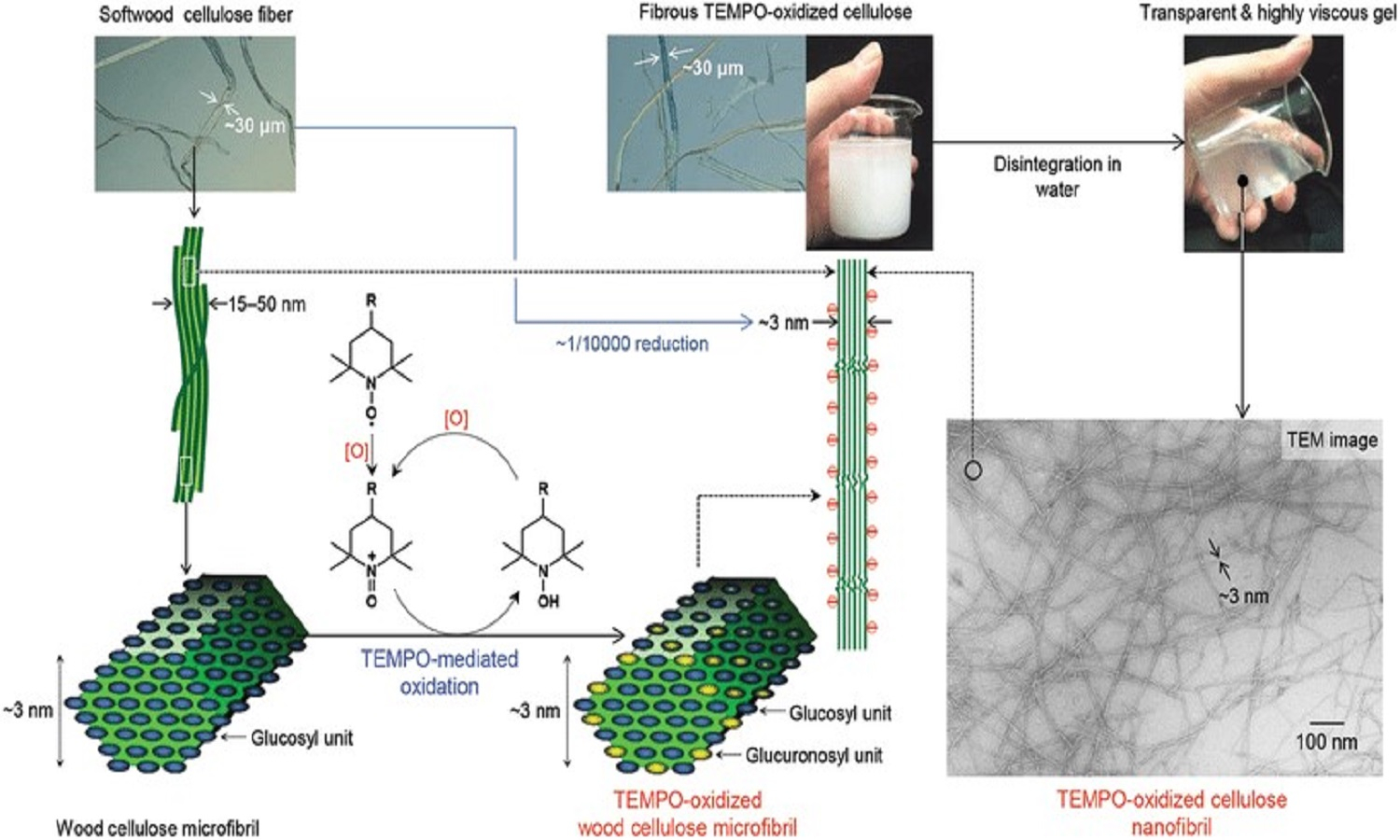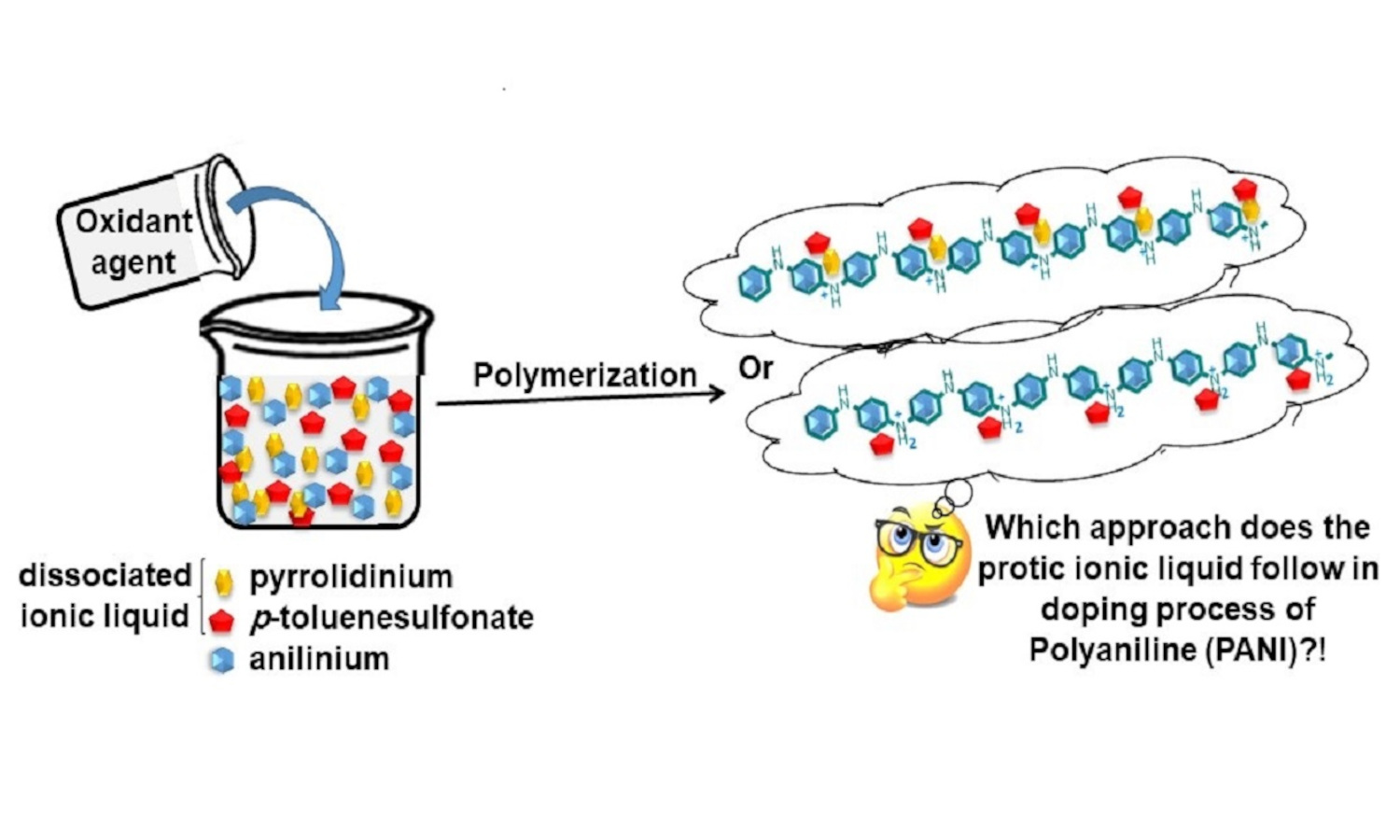Synthesis and characterization of CoFe2O4/cellulose fiber nanocomposites
Ashwini Rayar, Naveen Chikkahanumajja Surendranatha, Honnebagi Shivamurthy Onkarappa, Pradeep Heregangur Keshavamurthysetty, Prasanna Gunderi Dhananjaya

Vol. 18., No.5., Pages 533-545, 2024
DOI: 10.3144/expresspolymlett.2024.39
DOI: 10.3144/expresspolymlett.2024.39
GRAPHICAL ABSTRACT

ABSTRACT
Controlled
development of novel materials fosters innovation in the electrical sector. The
hybrid materials based on magnetic nanocellulose are intriguing since they have
many uses in electronics, catalysis, medicine, and ecology. The study
investigated the structure and morphology of hybrid nanomaterials made from
nanocellulose and cobalt ferrite. The nanocellulose was prepared by
TEMPO-oxidation and the cobalt ferrite was prepared by sol-gel auto-combustion
method. Using X-ray diffraction (XRD) and Fourier-transform infrared spectroscopy
(FTIR) techniques, it was determined how nanocellulose loading affected the
crystal structure of the synthesized composite. To ascertain the variation in
the component concentrations, scanning electron microscope (SEM) and
energy-dispersive X-ray analysis (EDAX) are used. Composite with a higher
concentration of nanocellulose fibers (NCF) show lesser particle size, and this
may account for the smaller size of nanocellulose fibers, and attachment of
nanocellulose nanofibers over the surface of porous cobalt ferrite (CF) found in
SEM images.
RELATED ARTICLES
Fatima Al-Zohbi, Fouad Ghamouss, Bruno Schmaltz, Mohamad Fadel Tabcheh, Mohamed Abarbri, Khalil Cherry, Mustapha Zaghrioui, François Tran-Van
Vol. 18., No.9., Pages 901-910, 2024
DOI: 10.3144/expresspolymlett.2024.67
Vol. 18., No.9., Pages 901-910, 2024
DOI: 10.3144/expresspolymlett.2024.67

Since the properties of polyaniline (PANI) are widely related to the type of its dopant, the present manuscript has an objective to define whether and to what extent the protic ionic liquids contribute to doping PANI. Hence, pyrrolidinium p-toluenesulfonate [Pyrr][PTS] – a protic ionic liquid – has been investigated either as a polymerisation medium or as a secondary dopant. As for the polymerisation medium, it was found that binary mixtures of [Pyrr][PTS]/water, with different weight ratios, are convenient to prepare PANI in emeraldine salt form. Furthermore, the structural analysis of the resulted PANI has revealed that the cation of [Pyrr][PTS] does not functionalise PANI backbone and [Pyrr][PTS] acts like the typical Brřnsted acid in doping PANI, regardless of the amount of [Pyrr][PTS] in the polymerisation medium. To confirm this conclusion, [Pyrr][PTS] has also been studied as a secondary dopant: the conventional PANI has been prepared, deprotonated then dispersed into [Pyrr][PTS]/water with different formulations. The results have shown that [Pyrr][PTS] leads to the formation of reprotonated PANI without altering structural change. One can thus conclude that the noncovalent functionalisation of PANI with the cation of the protic ionic liquids is not an exigent requirement to prepare the emeraldine salt form of PANI in aqueous solutions of protic ionic liquids.



